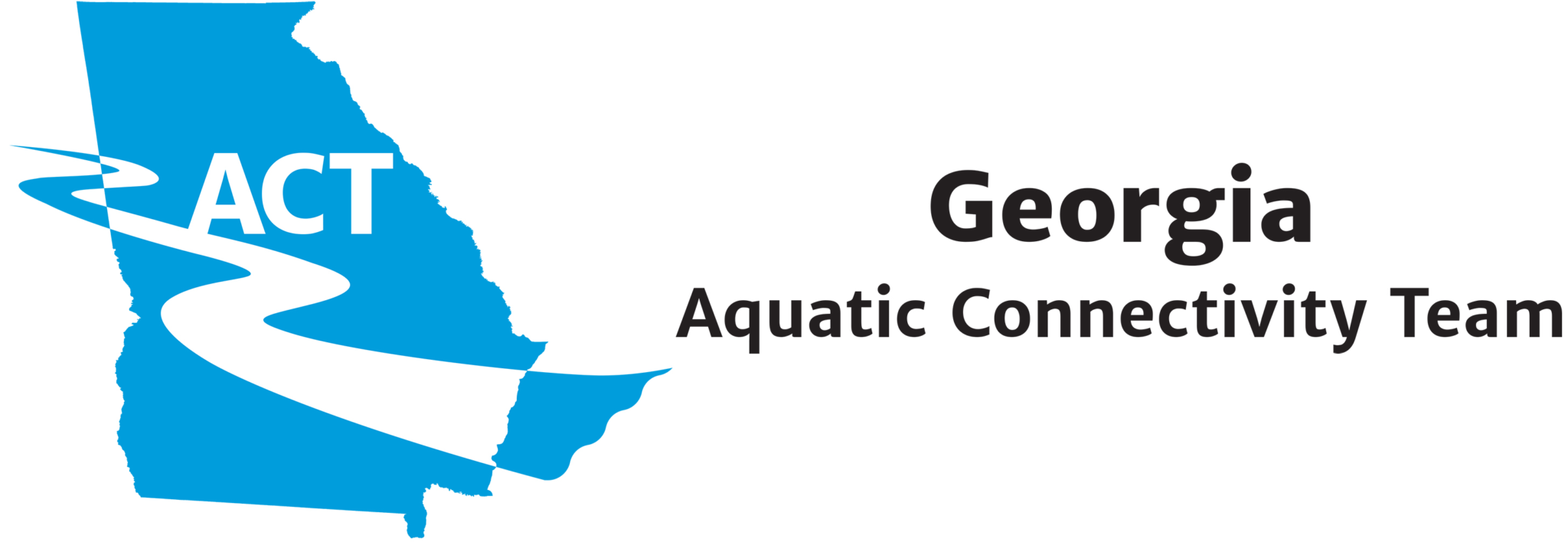At least 1,680 dams across the US pose potential risk
By DAVID A. LIEB, MICHAEL CASEY and MICHELLE MINKOFF
November 11, 2019
Excerpts from full report:
A more than two-year investigation by The Associated Press has found scores of dams nationwide in even worse condition, and in equally dangerous locations. They loom over homes, businesses, highways or entire communities that could face life-threatening floods if the dams don’t hold.
A review of federal data and reports obtained under state open records laws identified 1,688 high-hazard dams rated in poor or unsatisfactory condition as of last year in 44 states and Puerto Rico. The actual number is almost certainly higher: Some states declined to provide condition ratings for their dams, claiming exemptions to public record requests. Others simply haven’t rated all their dams due to lack of funding, staffing or authority to do so.
Deaths from dam failures have declined since a series of catastrophic collapses in the 1970s prompted the federal and state governments to step up their safety efforts. Yet about 1,000 dams have failed over the past four decades, killing 34 people, according to Stanford University’s National Performance of Dams Program.
Built for flood control, irrigation, water supply, hydropower, recreation or industrial waste storage, the nation’s dams are over a half-century old on average. Some are no longer adequate to handle the intense rainfall and floods of a changing climate. Yet they are being relied upon to protect more and more people as housing developments spring up nearby.
“There are thousands of people in this country that are living downstream from dams that are probably considered deficient given current safety standards,” said Mark Ogden, a former Ohio dam safety official who is now a technical specialist with the Association of State Dam Safety Officials.
The association estimates it would take more than $70 billion to repair and modernize the nation’s more than 90,000 dams. But unlike much other infrastructure, most U.S. dams are privately owned. That makes it difficult for regulators to require improvements from operators who are unable or unwilling to pay the steep costs.
“Most people have no clue about the vulnerabilities when they live downstream from these private dams,” said Craig Fugate, a former administrator at the Federal Emergency Management Agency. “When they fail, they don’t fail with warning. They just fail, and suddenly you can find yourself in a situation where you have a wall of water and debris racing toward your house with very little time, if any, to get out.”
Georgia led the nation with nearly 200 high-hazard dams in unsatisfactory or poor condition, according to the AP’s analysis.
Among them is Reservoir No. 1 in Atlanta, a 180 million-gallon water supply dating to the late 1800s that has been out of service much of the past few decades. The city made repairs and brought it back online in 2017, only to shut it down again after leaks were noticed.
If the dam were to catastrophically fail, the water could inundate more than 1,000 homes, dozens of businesses, a railroad and a portion of Interstate 75, according to an emergency action plan .
Joel Iverson has previously noticed water trickling out of the dam near the brewery he co-founded, Monday Night Brewing.
“If that one goes, it’s going to wash away us and a lot of beer,” Iverson said.
The Atlanta Watershed Management Department declined the AP’s request for an interview about the reservoir and instead asked for questions in writing. When those were submitted, it declined to answer them.
